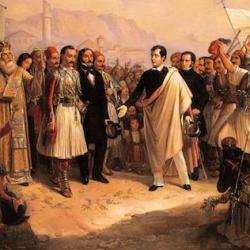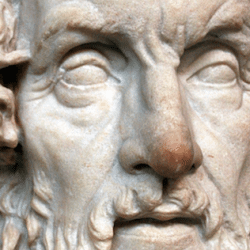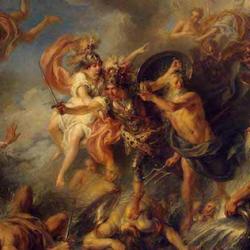Christopher B. Hays’s Hidden Riches is a well-organized, comprehensive compilation of Ancient Near Eastern sources – creation stories, flood stories, legal documents. It is a “bibliocentric” collection, attempting to draw out similarities and differences between biblical and other ANE documents.
Hays begins the book with an overview of the comparative study of ANE culture, concentrating on the past two centuries that have uncovered an astonishing wealth of previously unknown documents. Along the way, he observes that the Greeks and Romans knew very little about the ANE:
“Most of ancient Near Eastern history was simply overlooked in classical sources, and the descriptions of periods and people that were written were rife with errors and distortions. A few examples will suffice: In his Persica, Hellanicus of Lesbos (5th c. BCE) collapsed Esarhaddon and Ashurbanipal into a single king, whom he called Sardanapalus. Herodotus (5th c. BCE) not only garbled events—placing the building of the pyramids after the New Kingdom, for example—he also viewed the Near East as a rival because of the wars between the Greeks and Persians, and so was prone to portray it negatively. Ctesias (5th c. BCE), who was a physician at the Persian court, appears to have transmitted in his Persica a version of ancient Near Eastern history so colored by pro-Persian biases as to be largely unrecognizable. Xenophon (4th c. BCE) traveled right past the ruins of Assyrian Nimrud and Nineveh without recognizing them, because he thought he was in the territory of ancient Media. Berossus and Manetho (both 3rd c. BCE) were native to the regions whose history they were writing about—Mesopotamia and Egypt, respectively— and so in some ways surpassed other ancients in accuracy; but they also periodized history to such a degree that they distorted many details. Josephus (1st c. CE) had an apologetic bent in asserting the primacy of Judaism; his Antiquities of the Jews largely follows the contours of the biblical narratives, but he was prone to insert curious details, for example, to emphasize the tyranny of the Mesopotamians. Josephus, quoting Berossus, mislocated the hanging gardens in Babylon (rather than Nineveh, where they actually were), an error that was canonized as one of the seven wonders of the ancient world. Lucian (2nd c. CE), in his description of Levantine religion in On the Syrian Goddess, seems to have been so intent on entertaining that he made up details; he describes, for example, an 1,800-foot-tall statue of a phallus standing in the forecourt of a temple.”
Ancient writers are not necessarily the best sources for information about the ancient world.











